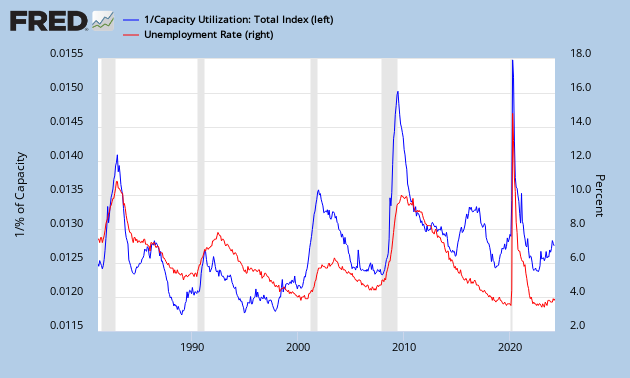The correlation below shows that relationship between buybacks and share price.
Today (2014), almost 90% of all S&P companies are buying back stock. But when we look at it on a market cap basis, buybacks are decreasing, which will mark a top in the stock market. When the stock market finally goes down, liquidity will be a problem as companies have spent all their cash.










